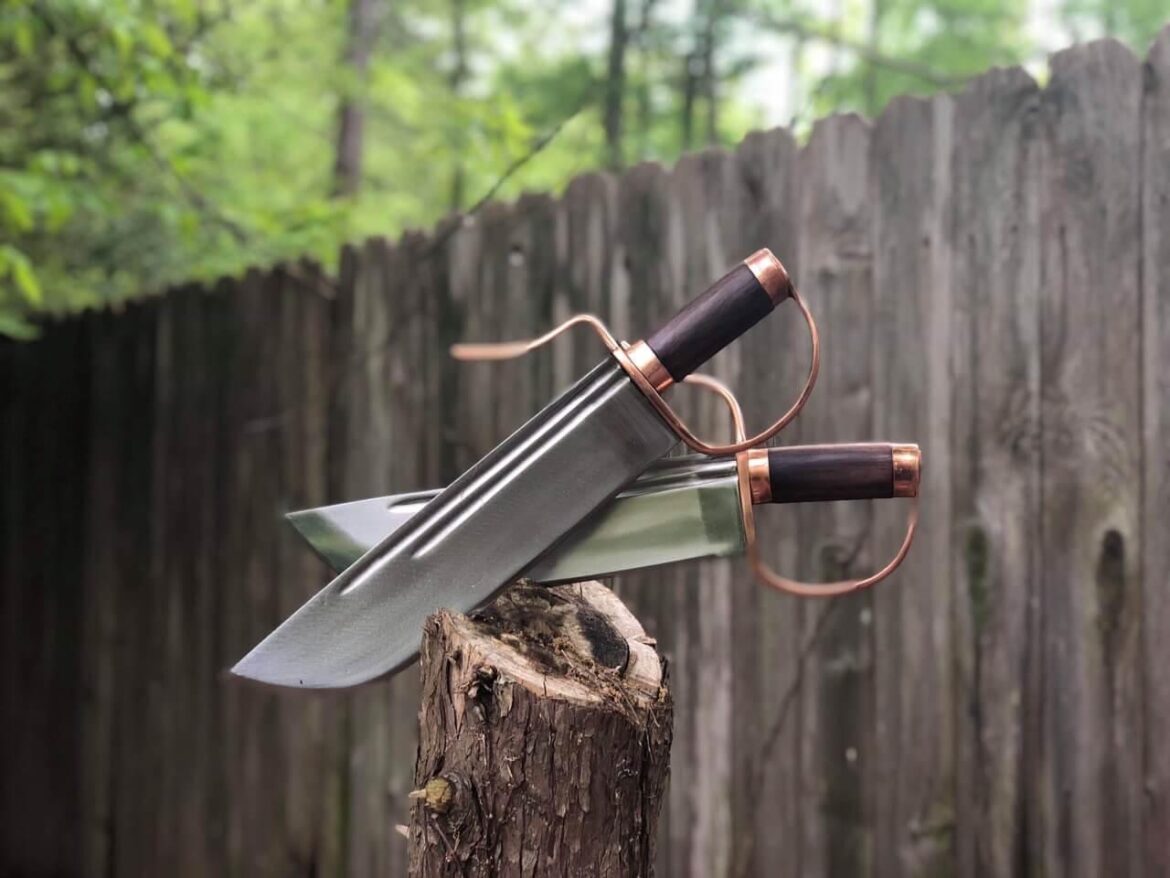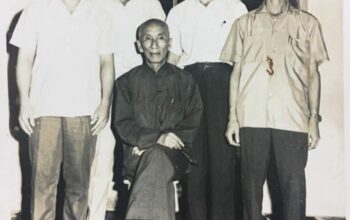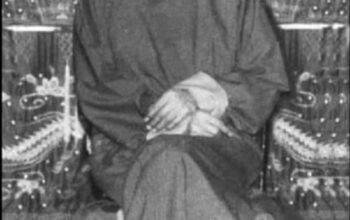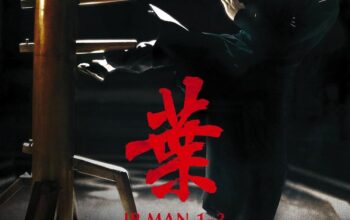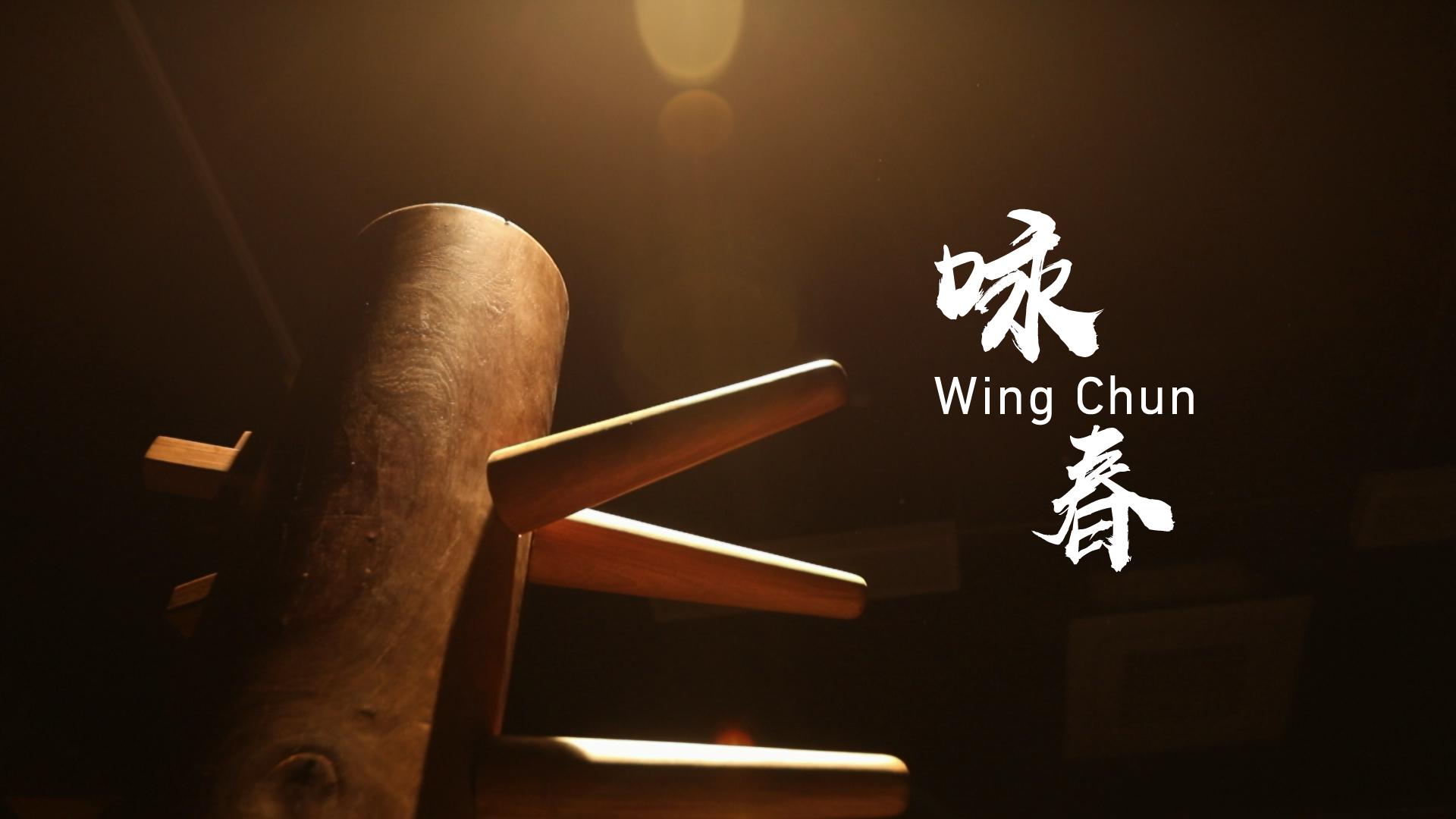The Arsenal of Wing Chun: Unveiling the Weapons of the System
Introduction
Wing Chun, known for its practicality and efficiency, primarily focuses on empty-hand techniques. However, this close-quarters combat system also encompasses a modest selection of weapons. In this article, we will explore the weapons of Wing Chun and their significance within the system’s overall martial arts framework.
1. Butterfly Swords
One of the most iconic weapons associated with Wing Chun is the Butterfly Swords, also known as “Baat Jaam Dao” in Cantonese. These short, double-edged swords feature a distinctive butterfly-shaped handguard. Originating from southern China, Butterfly Swords are traditionally used as a pair and serve as an extension of the Wing Chun practitioner’s arms. They enhance cutting, slicing, and thrusting techniques, while also reinforcing the principles of Wing Chun, such as simultaneous attack and defense and close-quarters combat.
2. Long Pole
The Long Pole, or “Luk Dim Boon Kwun,” is another prominent weapon in Wing Chun. It is a wooden staff typically measuring around nine feet in length. The Long Pole training cultivates strength, balance, and power generation. Practitioners learn to execute sweeping strikes, thrusts, and defensive maneuvers, translating the skills developed with the pole to enhance their empty-hand techniques. Training with the Long Pole also helps practitioners understand the importance of distancing, footwork, and body coordination.
3. Dragon Pole
The Dragon Pole, or “Lung Ying Mor Kwan,” is a shorter version of the Long Pole, usually measuring around six to seven feet. It derives its name from its association with the Lung Ying (Dragon Shape) style. Similar to the Long Pole, the Dragon Pole enhances strength, power, and body mechanics. The training emphasizes fluid and coordinated movements, developing speed, accuracy, and versatility in wielding the weapon. The techniques learned with the Dragon Pole can be applied to empty-hand combat, contributing to a practitioner’s overall skills.
4. Wooden Dummy Techniques
While not a traditional weapon, the Wing Chun wooden dummy, or “Mook Yan Jong,” can be seen as an essential training tool that simulates combat scenarios. The techniques performed on the wooden dummy incorporate movements and principles that can be applied with weapons. Practitioners learn to adapt empty-hand techniques to incorporate the use of weapons, such as the Butterfly Swords or other improvised objects.
Conclusion
While Wing Chun is primarily recognized for its empty-hand combat techniques, it also encompasses a modest yet impactful array of weapons. The Butterfly Swords, Long Pole, Dragon Pole, and the influence of wooden dummy training provide practitioners with a well-rounded understanding of combat, expanding their skills and perspectives within the Wing Chun system.
